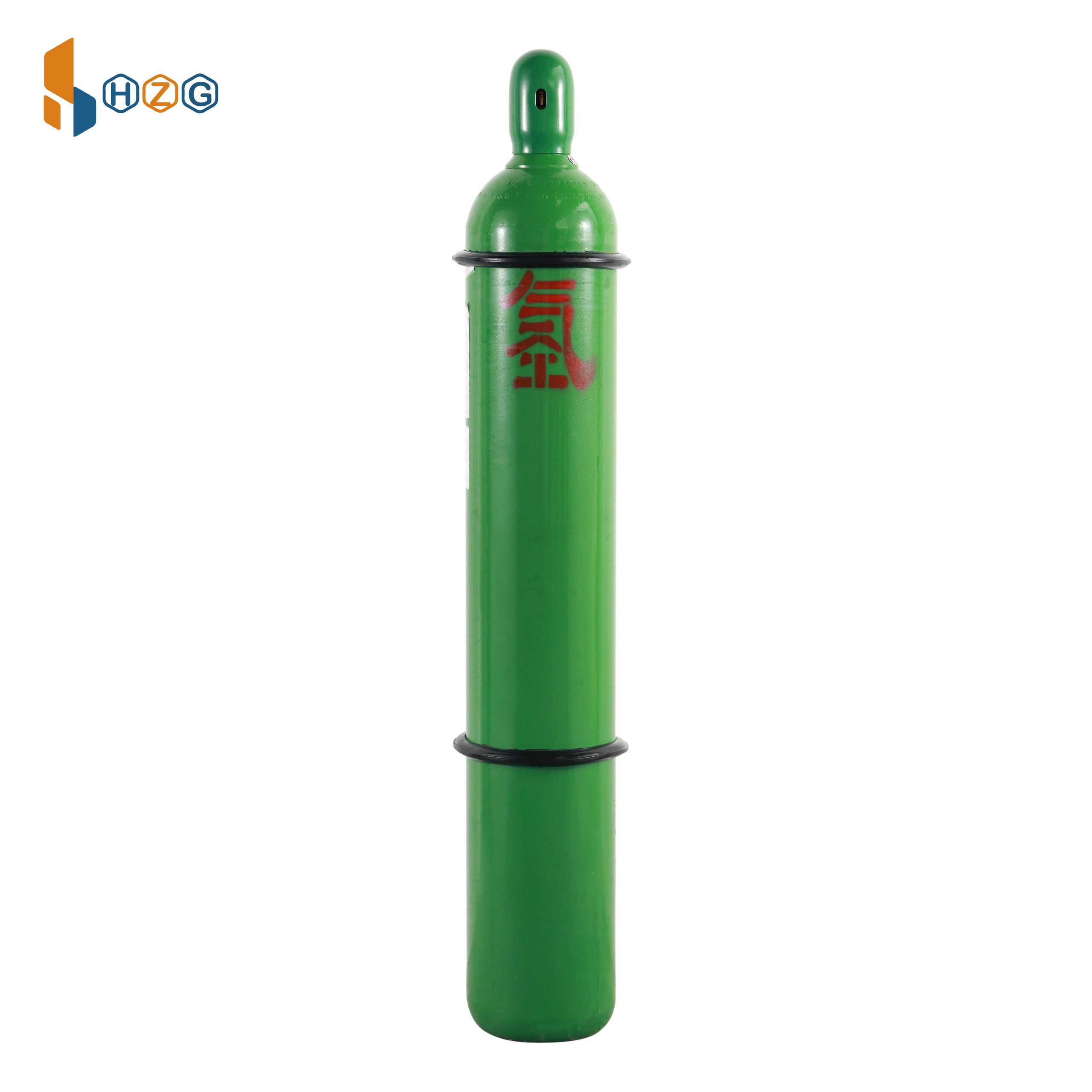Other specifications of packaging can be provided according to customer requirements












Nitric Oxide 99.999% purity NO Gas Industrial Grad
Nitric oxide is an inorganic compound with the chemical formula NO, a nitrogen oxide compound, and the valence of nitrogen is +2. It is a colorless gas under normal temperature and pressure, slightly soluble in water, soluble in ethanol and carbon disulfide.
Nitric oxide can dilate blood vessels and relax the smooth muscle of blood vessels, thereby increasing blood flow and lowering blood pressure. This role helps to prevent and treat cardiovascular diseases such as hypertension and coronary heart disease. In addition, it improves peripheral circulation, allowing blood to nourish the heart and other tissues more effectively, reducing cardiac load. In the nervous system, nitric oxide, as an important neurotransmitter, is involved in the transmission of nerve signals and has a regulatory effect on peripheral nerve endings. It also regulates sleep quality and alleviates brain fatigue, regulating the sleep-wake cycle by affecting the synthesis and release of neurotransmitters.
Nitric oxide has the effect of enhancing immune function, can promote the activity of immune cells, and improve the ability of the body to fight pathogens and tumor cells. In addition, it also has anti-inflammatory effects and can be used to treat inflammatory diseases such as bronchial asthma and chronic bronchitis. Nitric oxide also regulates insulin sensitivity, boosts metabolism, and helps flush out toxic substances from the body. In the male reproductive system, it promotes relaxation of the smooth muscle of the cavernous body of the penis, thereby enhancing erectile function. In addition, nitric oxide has a protective effect on the nervous system, preventing nerve cell death, and relaxes airway smooth muscle in the respiratory system and dilates the airway.
Nitric Oxide 99.999% purity NO Gas Industrial Grad
Parameter
| Property | Value |
|---|---|
| Appearance and properties | Colorless gas |
| Melting point (℃) | -163.6 |
| Relative density (water = 1) | 1.27 (-151℃) |
| Saturated vapor pressure (kPa) | No data available |
| Critical temperature (℃) | -93 |
| Octanol/water partition coefficient | No data available |
| Ignition temperature (°C) | Meaningless |
| Lower explosive limit % (V/V) | Meaningless |
| pH | No data available |
| Boiling point (℃) | -151 |
| Relative vapor density (air = 1) | No data available |
| Heat of combustion (kJ/mol) | Meaningless |
| Critical pressure (MPa) | 6.48 |
| Flash point (°C) | Meaningless |
| Upper explosive limit % (V/V) | Meaningless |
| Solubility | Slightly soluble in water |
Safety Instructions
Main physical and chemical hazards: combustion-supporting, toxic, irritating. GHS hazard category: oxidizing gas, Category 1 pressurized gas; Acute toxicity – Inhalation, category 3: Specific target organ toxicity – One exposure, category 1
Warning word: Danger
Hazard information: may cause or aggravate combustion; Oxidizing agent; Gas under pressure, if heated can explode; Organ damage caused by a single exposure; Toxic by inhalation;
Precautions: Keep away from heat source, open flame, hot surface. No smoking in the workplace. Keep away from flammable and combustible materials. Avoid contact with halogens. Do not use tools that may cause sparks. Take measures to prevent static electricity. Ground containers and connected devices.
Route of invasion: inhalation.
Health hazard: This product is unstable and quickly transforms into nitrogen dioxide in the air to produce irritating effects. Nitrogen oxides mainly damage the respiratory tract. At the beginning of inhalation, there are only mild eye and respiratory irritation symptoms, such as pharyngeal discomfort, dry cough, etc. Delayed pulmonary edema, adult respiratory distress syndrome, chest tightness, respiratory distress, cough, frothy sputum, cyanosis, etc. often occur after an incubation period of several hours to ten hours or more. Pneumothorax and mediastinal emphysema may be complicated. Delayed obstructive bronchiolitis may appear about two weeks after resolution of pulmonary edema. High nitric oxide concentration can cause methemoglobinemia. Chronic effects: The main manifestations are neurasthenic syndrome and chronic respiratory inflammation. Pulmonary fibrosis occurred in a few cases. It can cause dental acidosis.
Emergency summary: Wash skin and eye contact with tap water, seek medical treatment, inhalation quickly away from the scene to fresh air.
Keep your airways open. Wear a filtered gas mask or self-contained positive pressure air respirator when dealing with an accident.
Environmental hazard: It is harmful to the environment and can cause pollution to water, soil and atmosphere.


















